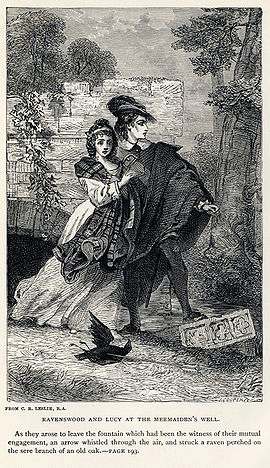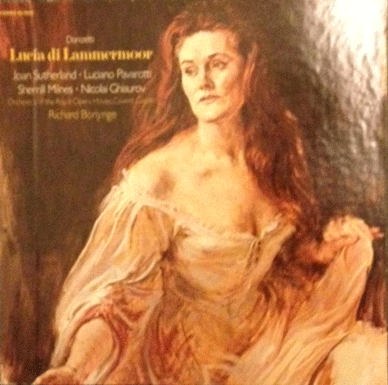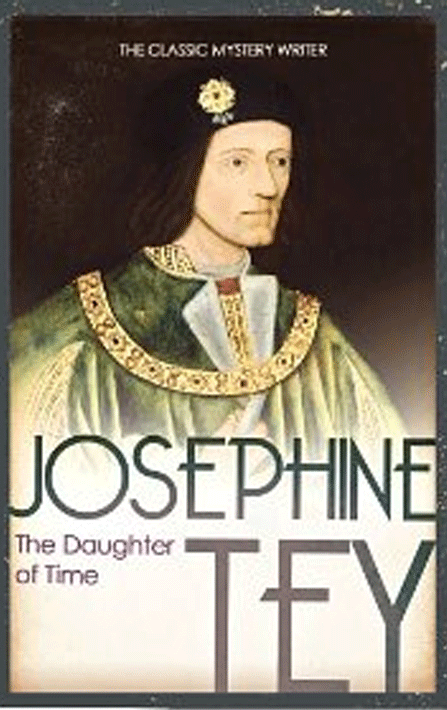 I’ve always enjoyed mysteries with historical settings, so I am always quick to buy when a new offering appears from writers such as Anne Perry, Charles Todd, Laurie King or Barbara Cleverly. However, I’m even more intrigued by stories where a modern-day protagonist attempts to solve a mystery from the past. This enthusiasm was triggered many years ago when I read Josephine Tey’s novel, The Daughter of Time, which deals with the mystery of the princes in the tower and asks the question: Was Richard III really guilty of murdering the children? The question has been in the news again with the discovery of Richard’s skeleton, and anyone who wants to study a case made against the Tudors would certainly be interested in the argument laid out in Tey’s novel.
I’ve always enjoyed mysteries with historical settings, so I am always quick to buy when a new offering appears from writers such as Anne Perry, Charles Todd, Laurie King or Barbara Cleverly. However, I’m even more intrigued by stories where a modern-day protagonist attempts to solve a mystery from the past. This enthusiasm was triggered many years ago when I read Josephine Tey’s novel, The Daughter of Time, which deals with the mystery of the princes in the tower and asks the question: Was Richard III really guilty of murdering the children? The question has been in the news again with the discovery of Richard’s skeleton, and anyone who wants to study a case made against the Tudors would certainly be interested in the argument laid out in Tey’s novel.
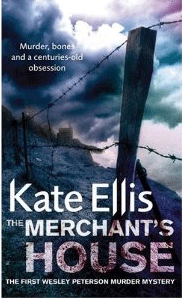 Many mystery writers use plots that are driven by puzzles from the past. I recently discovered the books of Kate Ellis, who makes the past/present theme an integral part of her series, for she has a detective solving modern mysteries while his archeologist friend unearths historic parallels. But long before I came across the Kate Ellis series, I was planning stories for my third book, The Beacon, and it was the example set by Josephine Tey that inspired me to write a mystery story in a similar vein. However, because my books have a heroine who is a singer, I wanted to find a historical mystery with an operatic connection, and I found that connection in Donizetti’s Lucia di Lammermoor.
Many mystery writers use plots that are driven by puzzles from the past. I recently discovered the books of Kate Ellis, who makes the past/present theme an integral part of her series, for she has a detective solving modern mysteries while his archeologist friend unearths historic parallels. But long before I came across the Kate Ellis series, I was planning stories for my third book, The Beacon, and it was the example set by Josephine Tey that inspired me to write a mystery story in a similar vein. However, because my books have a heroine who is a singer, I wanted to find a historical mystery with an operatic connection, and I found that connection in Donizetti’s Lucia di Lammermoor.
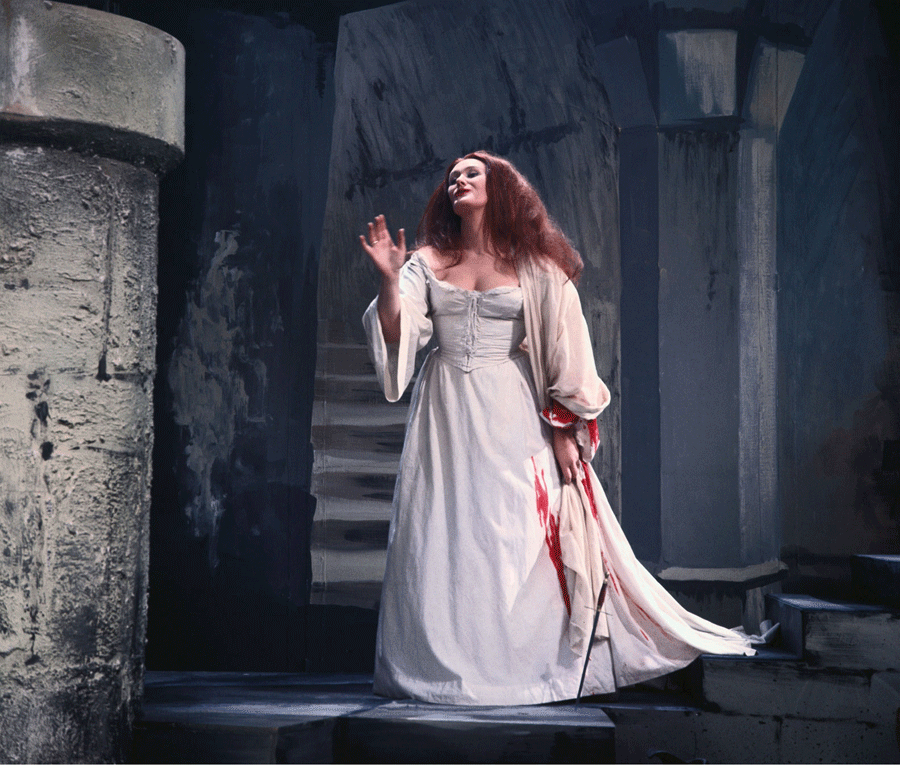
Lucia di Lammermoor is a superb role for a soprano. The music is beautiful, the singing is virtuoso, and the dramatic opportunities surpass most other roles in the coloratura repertoire. Lucia, duped into believing that her lover has abandoned her, is forced into a loveless marriage. When her lover shows up at the wedding and berates her for her infidelity, Lucia is driven mad. On her wedding night, she stabs her husband to death, and, in her bloodstained nightgown, descends back to the wedding feast where she sings twenty minutes of spectacular coloratura before collapsing and dying in grand operatic fashion.
Lucia is the role that turned the great Australian soprano, Joan Sutherland, into an international star, and the first time I ever saw Lucia, it was with Sutherland in the role. It was a breathtaking and memorable performance, and one I never thought I would see matched again. Subsequently, I enjoyed other Lucias, and sang in the chorus of one Vancouver Opera production, but nothing matched my memories of that first performance. However, two years ago when in New York, I saw Diana Damrau in the enchanting Metropolitan Opera production, with its Victorian setting and magical enactment of the ghostly lovers in the last act, and once again, I was thrilled to the core by Donizetti’s glorious work.
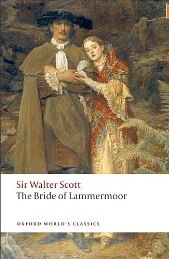
Donizetti’s opera was based on Sir Walter Scott’s novel, The Bride of Lammermoor. In Scott’s novel, Lucy does not make a blood-soaked entrance into the wedding feast. Screams are heard inside the bedchamber, and when the room is entered, her bridegroom is discovered bleeding on the threshold while Lucy, in her bloody nightgown, is gibbering madly, crouched in the corner of the “great old-fashioned chimney” of the room. Lucy falls into a delirium and dies the following evening. The bridegroom ultimately recovers.
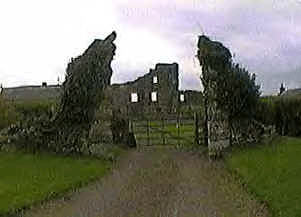
The novel, like most of Scott’s writing, was based upon an actual historical event. The real Lucy’s name was Janet Dalrymple and she is still supposed to haunt Baldoon Castle in Scotland. If one reads the prologue to Scott’s novel, or the varying versions of the tale that abound on the Internet, the facts that emerge are different yet again—and not only different, but inconclusive. Therefore, once I read Scott’s prologue and researched the story of Janet Dalrymple, I discovered my mystery and was able to embark on my story.
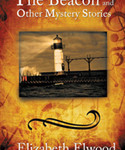
My heroine, Philippa, like Tey’s hero in The Daughter of Time, was bored and miserable. In Philippa’s case, depression was the result of a broken romance and a dose of the flu that had forced her to drop out of the opera chorus for an upcoming production of Lucia. Philippa’s father, Bertram Beary, brings her Scott’s book to cheer her up. Once he points out that, contrary to the events in the novel, Janet Dalrymple died and her husband survived, Philippa’s interest is caught, especially when she learns that the husband refused to divulge the details of what happened and took the secret with him to his own grave thirteen years later.
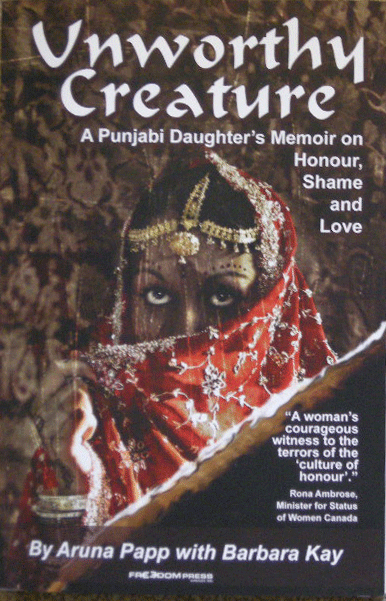 Since I did not want to write a story that sounded like a research essay, I needed a modern case for Philippa’s detective brother to solve—and it had to be one that resonated back to the older mystery. The tragedy of Janet Dalrymple resulted from an arranged marriage, which ultimately became a forced marriage. Therefore, it was easy to find a modern parallel, for this is another subject that frequently makes the headlines. A wealth of information was available, and I received assistance from a variety of sources, even being presented with a book on Sikh customs by our friendly taxi driver in New York. Many South Asian women are now speaking up about their rights, and publishing books and articles about their experiences. One of the most fascinating accounts I read recently was Unworthy Creature, the book National Post columnist Barbara Kay co-authored with Aruna Papp, and I’m sure many more such accounts will be written as women from other cultures continue to strive for independence.
Since I did not want to write a story that sounded like a research essay, I needed a modern case for Philippa’s detective brother to solve—and it had to be one that resonated back to the older mystery. The tragedy of Janet Dalrymple resulted from an arranged marriage, which ultimately became a forced marriage. Therefore, it was easy to find a modern parallel, for this is another subject that frequently makes the headlines. A wealth of information was available, and I received assistance from a variety of sources, even being presented with a book on Sikh customs by our friendly taxi driver in New York. Many South Asian women are now speaking up about their rights, and publishing books and articles about their experiences. One of the most fascinating accounts I read recently was Unworthy Creature, the book National Post columnist Barbara Kay co-authored with Aruna Papp, and I’m sure many more such accounts will be written as women from other cultures continue to strive for independence.
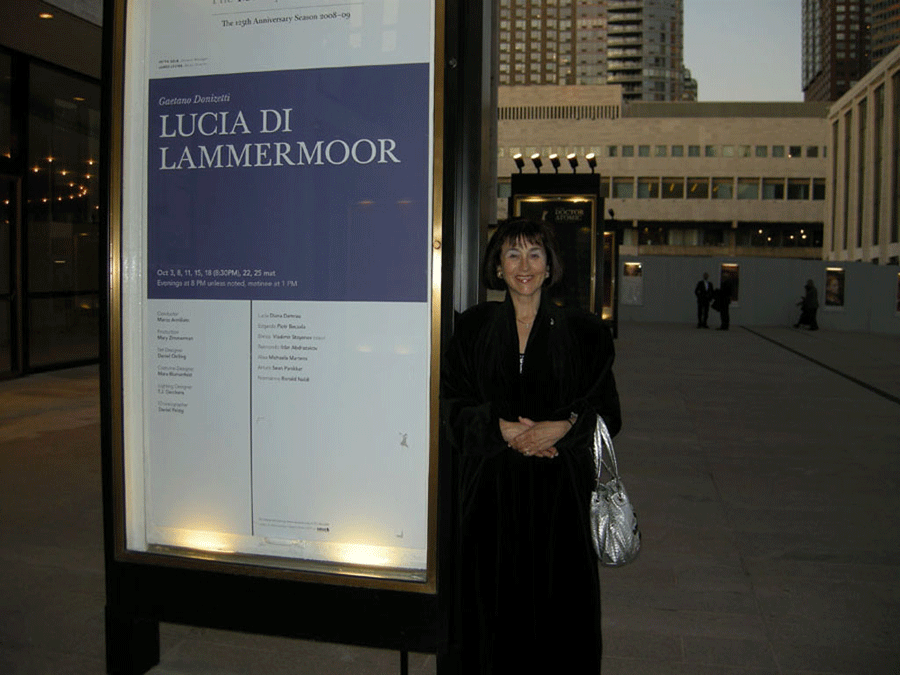
But back to the mystery of Janet Dalrymple. As Philippa embarks on her historical project, DI Richard Beary is called in to investigate a double stabbing at a Sikh wedding. The two parallel cases continue throughout the story, until finally, Philippa and Richard meet at the opening night of the opera. Here, they discover that the mystery from the past and the mystery from the present result in the same solution, a solution, by the way, that makes perfect sense based on all the details and evidence in the prologue to The Bride of Lammermoor. I hope those of you who read the story will agree that Philippa’s conclusions have merit, for there is nothing more satisfying for a mystery writer than to feel that one has really solved a mystery. Yes, it was great fun combining sleuthing with creative writing. No wonder “Who Killed Lucia” is one of my favourite stories!
From WHO KILLED LUCIA
Beary dove into his bag and pulled out a large, utilitarian-looking paperback. “Here, I brought you something to occupy your mind. A work of Sir Walter Scott to put your romantic trials and tribulations into perspective.”
Philippa studied the book in her father’s hand.
“The Bride of Lammermoor. You know, I’ve always thought it would be interesting to read Scott’s original story. Does the opera follow it closely?”
“There are similarities,” said her father. “The family feud, and the concealed letters to make the lovers believe that each has forgotten the other—but the villain in the book is the mother, not the brother. Plus there’s a ton of other stuff . . . background on Scottish politics and how the feud developed. It’s quite fascinating. But what you’ll find really intriguing is the fact that Scott based his novel on a true story. The prologue talks about the history of the real Lucia. Her name was Janet Dalrymple. Your operatic heroine really existed.”
Philippa’s eyes widened.
“And did she really go crazy and attack her husband on their wedding night?”
“Read it for yourself,” said Beary. “The most interesting detail is the fact that the husband survived.”
“Why is that so interesting?”
“Because Janet didn’t. She died two weeks later. Nobody really knows what happened. Scott tries to explain it in his novel, and he may well have reconstructed everything accurately, but the reality is that he was just speculating from stories that had been passed down through the generations by people who were related to the family of the bride. And since he was writing in the early 1800s and Janet Dalrymple died in 1669, there was a lot of time for the stories to become distorted.”
“Are there no records? Surely the husband had something to say after he recovered?”
“No,” said Beary. “He refused to say anything, and he banned anyone from enquiring how he had received his wounds.”
“Really?”
“Really.” Beary planted the book in his daughter’s lap. “In the final analysis,” he concluded, “it’s a mystery.”

